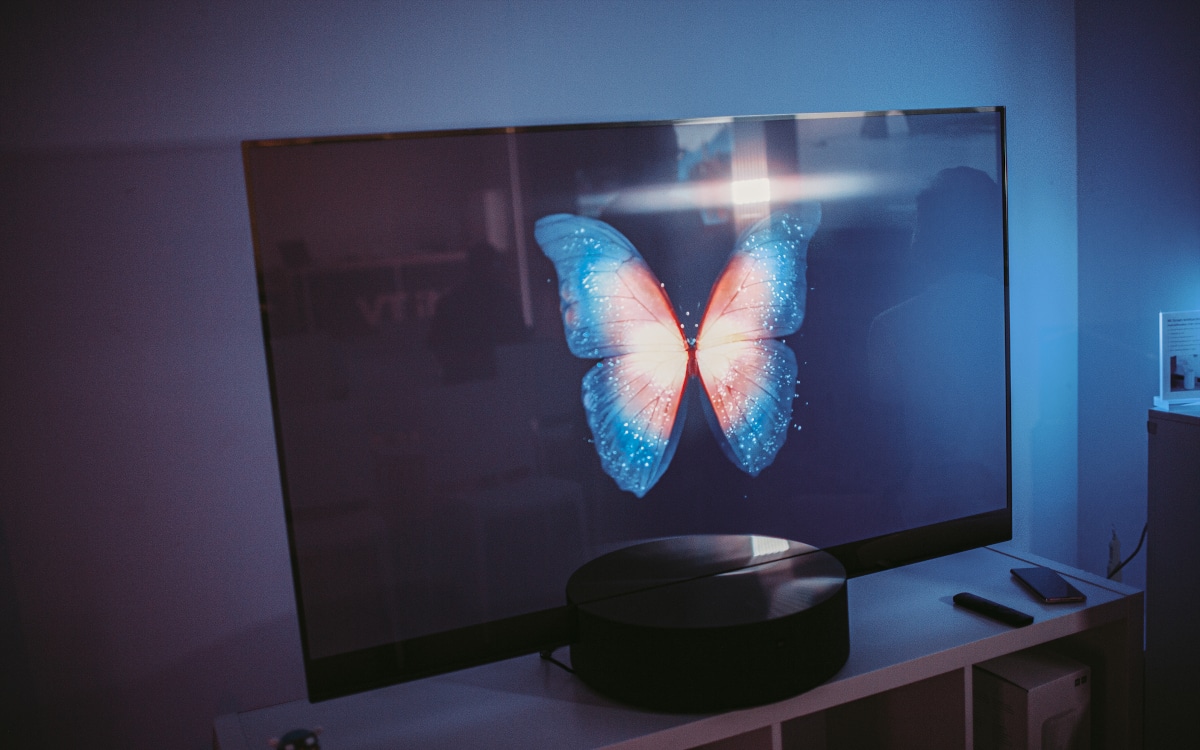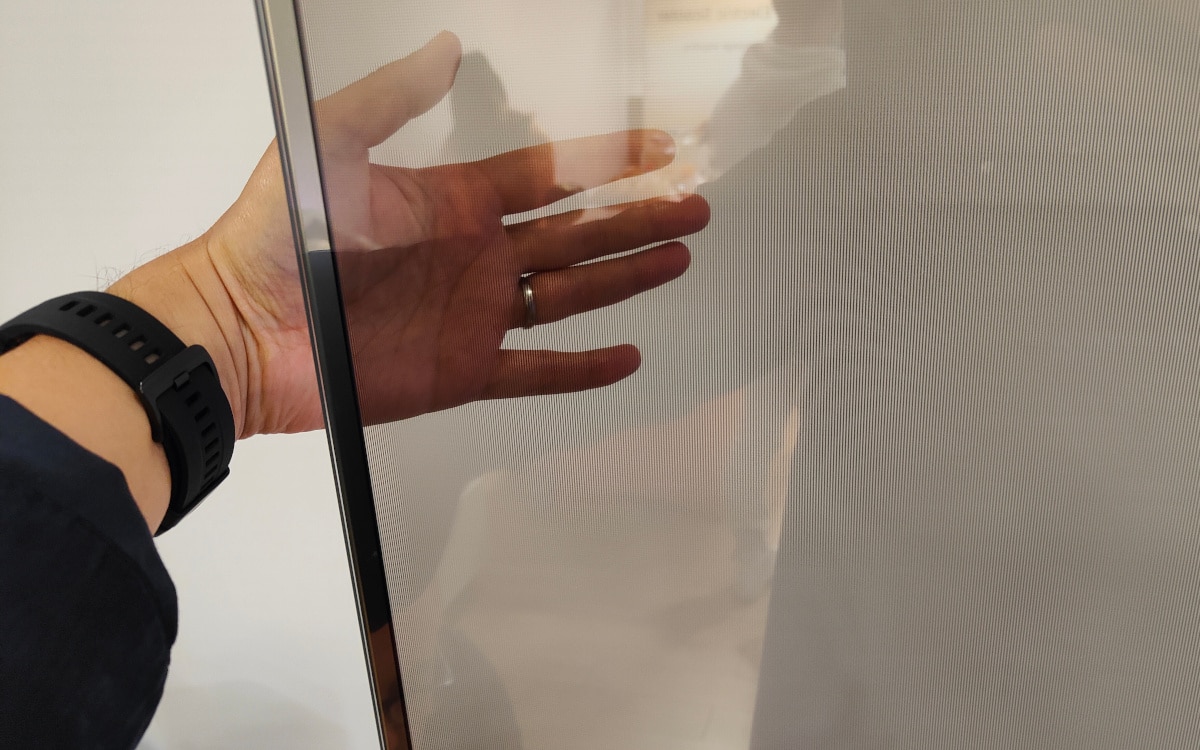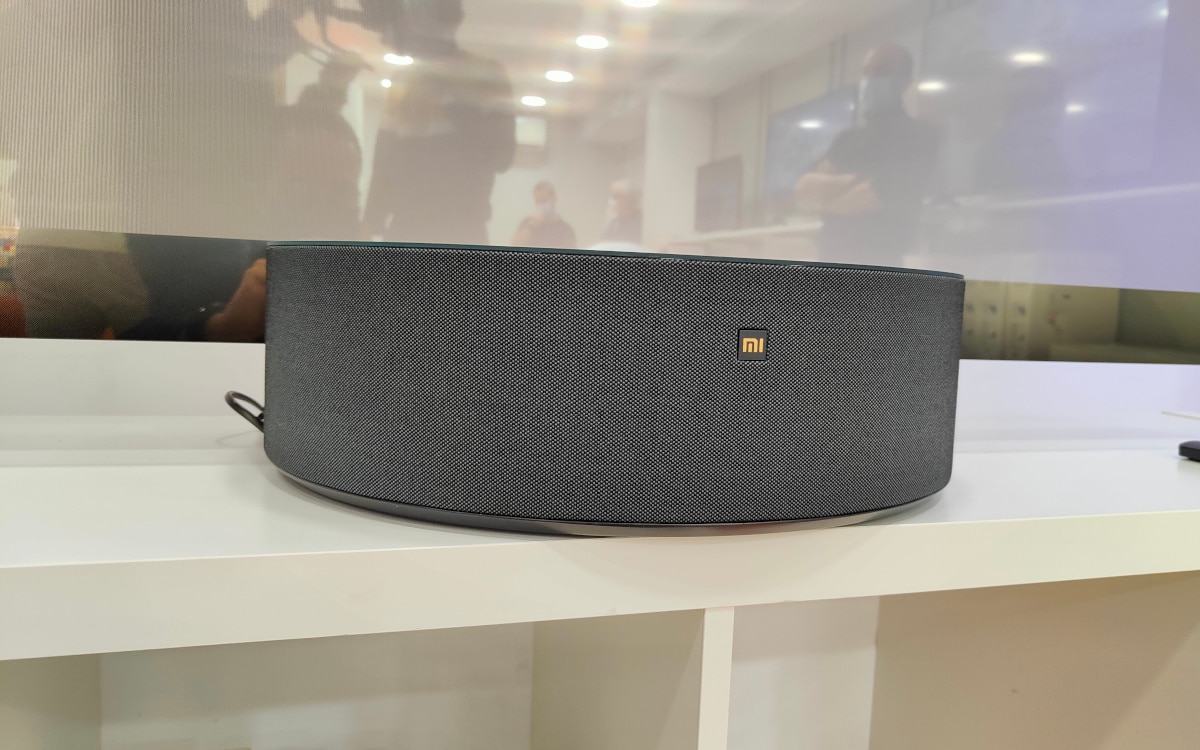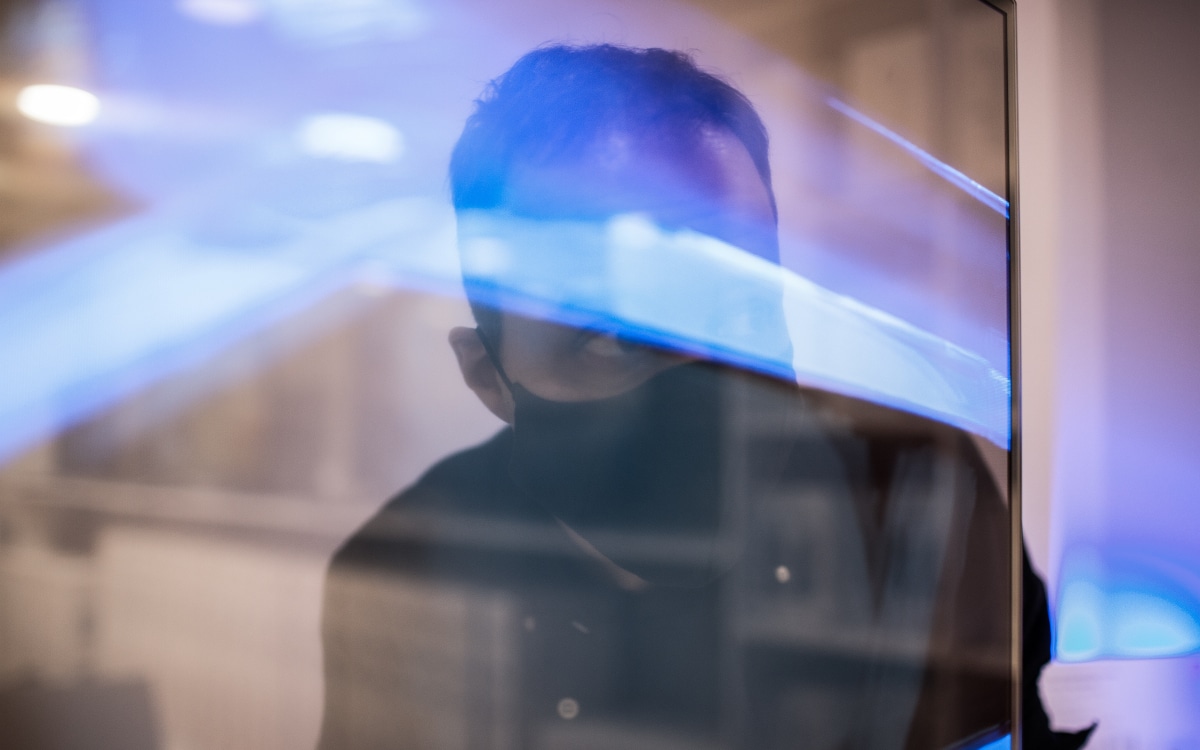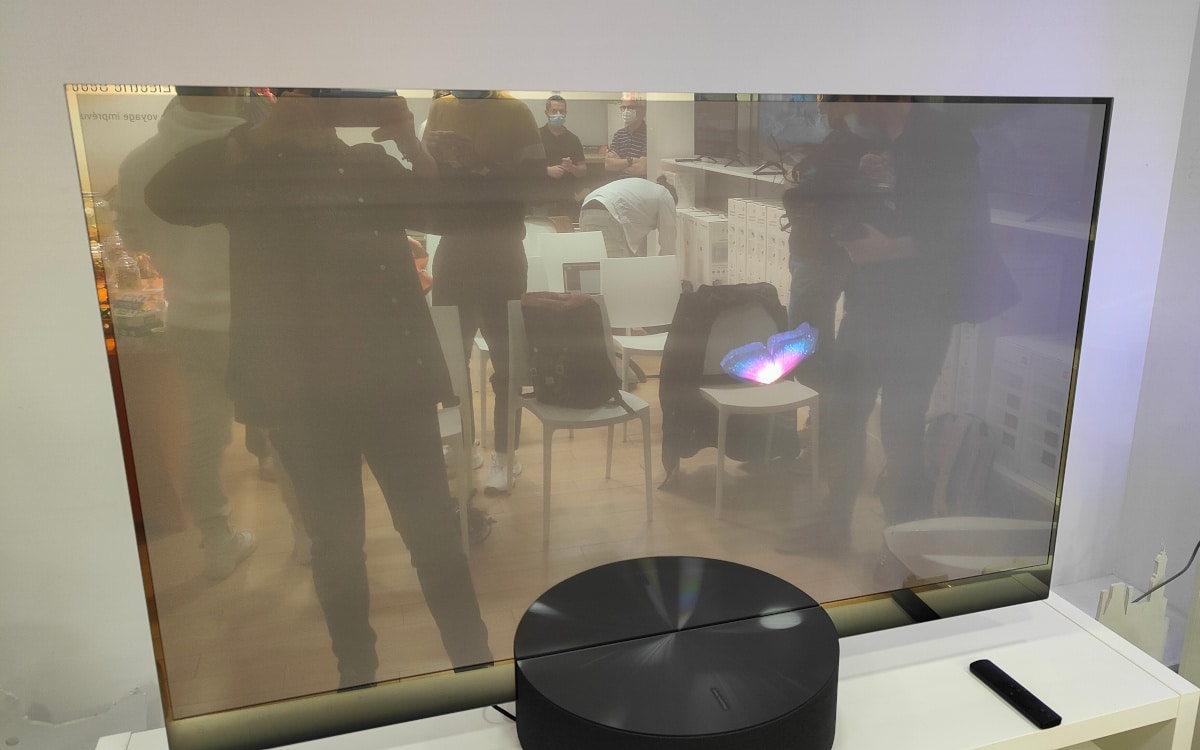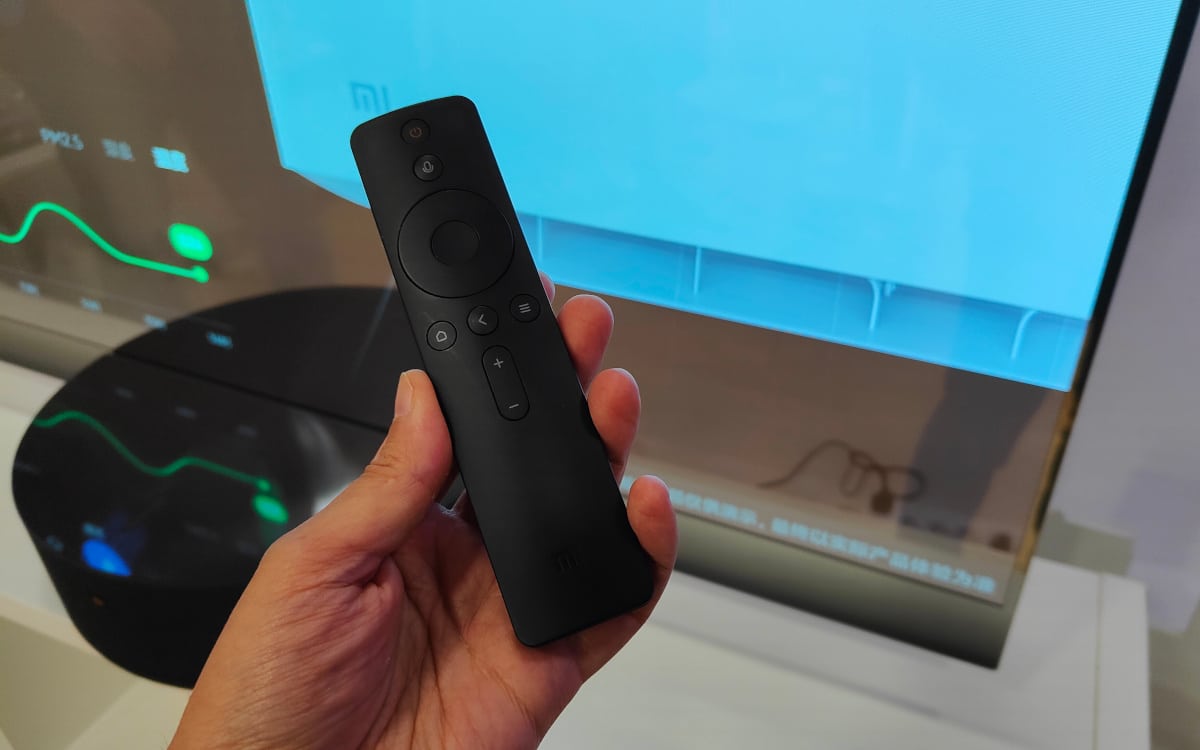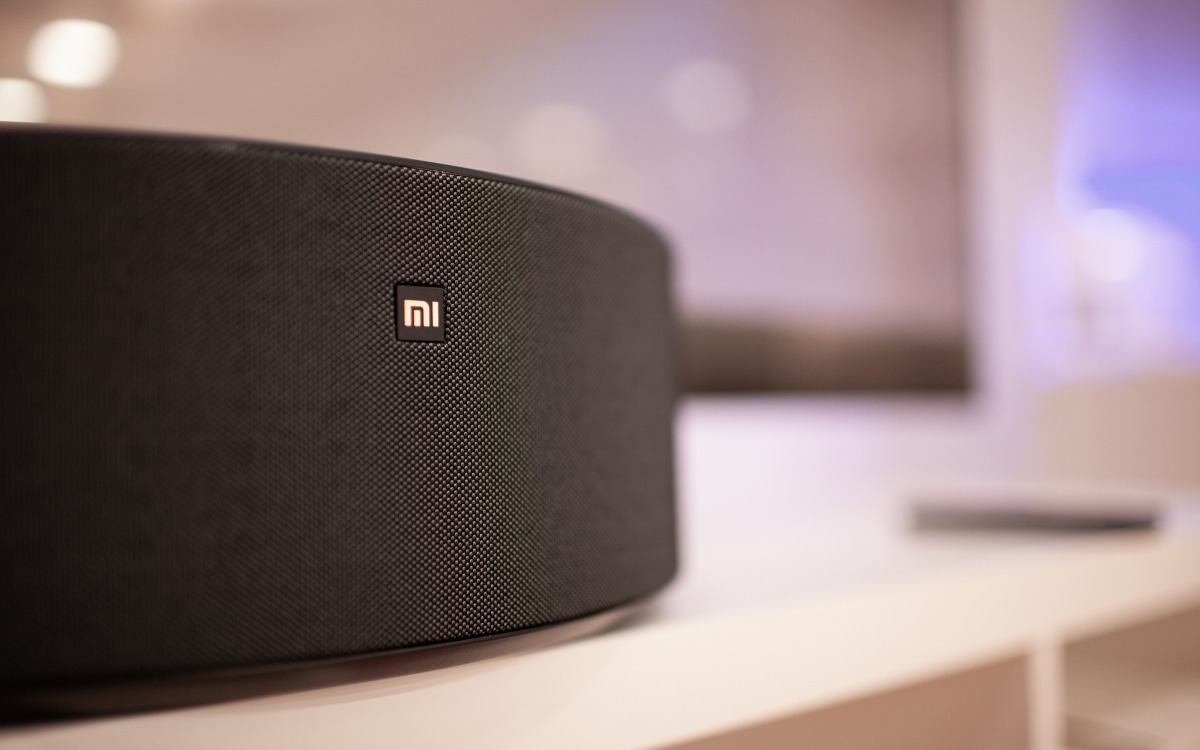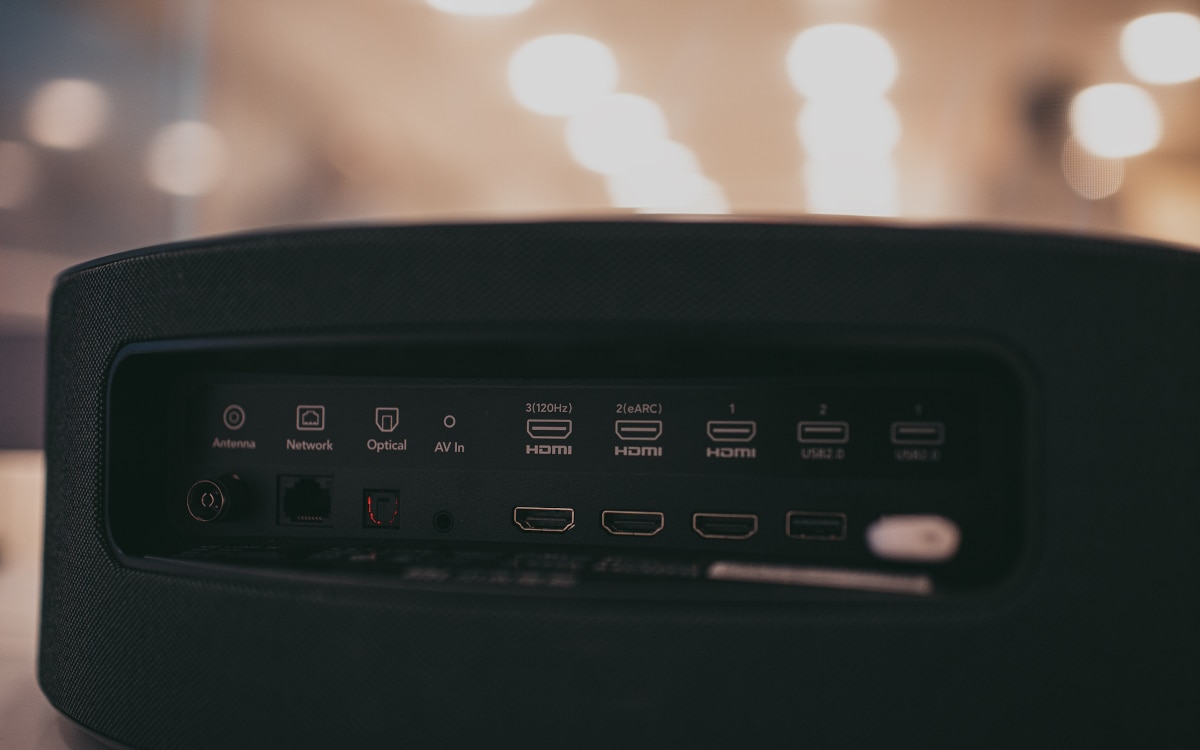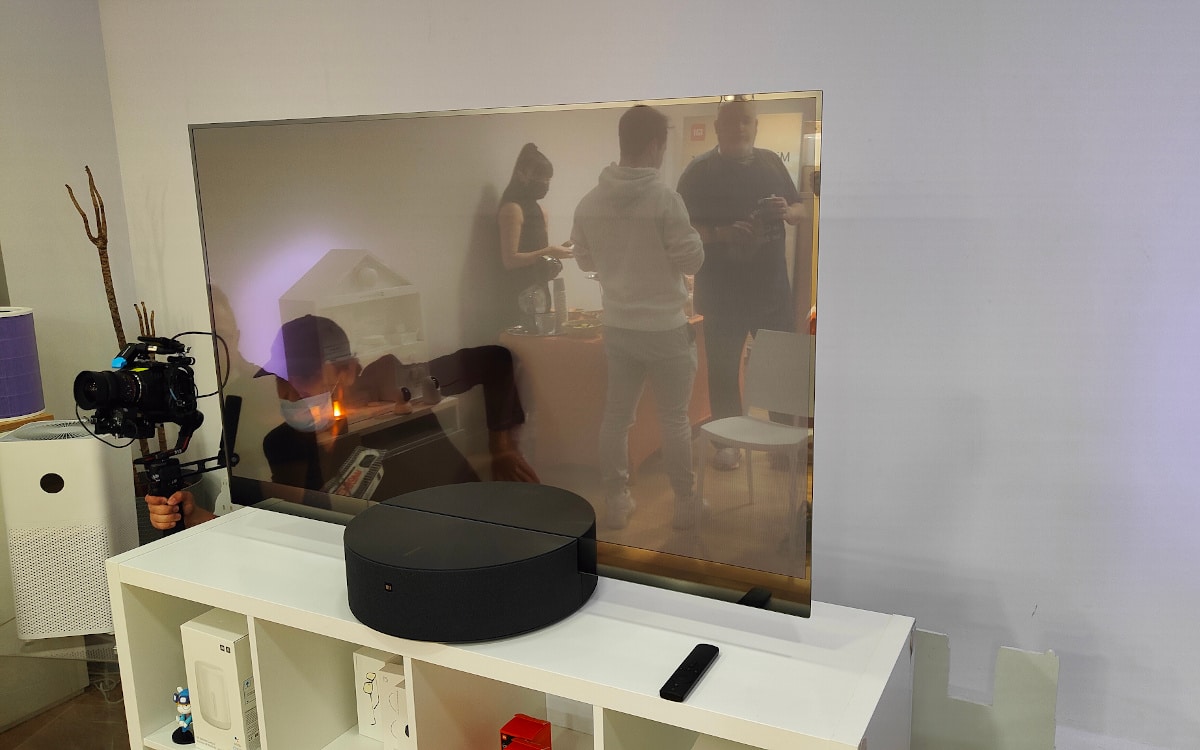our handling of the transparent OLED TV at € 6,000
Xiaomi is the first brand to market a television with a transparent panel. Technological innovation and design, the Mi TV Lux Transparent Edition has made the trip to Paris. The perfect opportunity to get to know this exceptional product and give you our first impressions.
Today, we were invited by Xiaomi to discover “in real life” a product that we had already spoken about in our columns, but that we had never had the opportunity to see. it’s about the Mi TV Lux Transparent Edition. It is the first commercial television with a completely transparent screen. This means that there is no chassis on the back and you can see through it.
Also Read – LG is working on the world’s first expandable, borderless TV
It is a product that Xiaomi announced in August 2020. It is not sold only in China. And it will remain the case. We were therefore not invited to attend the launch of this television on the French market, but only to savor the technical prowess with our eyes. Note that you too can see the transparency of the product, since the Mi TV Lux is being demonstrated at two points of sale in France. And more precisely in Paris. At Mi Store on Boulevard Sébastopol and at the Fnac des Ternes.
It is a product that is sold very expensive, since its selling price in China is 49,999 yuan, or just over $ 6,000. It would be difficult to transcribe this price on the French market, since the taxes are not the same. It is obviously not recommended to try to import it from China. Especially since the customs rules on Chinese imports have changed this week.
The Mi TV Lux Transparent Edition is a statutory product. It is a product aimed at lovers of beautiful designs and new technologies. This television therefore does not target the general public… at least those who are looking for a television to fully enjoy films and series. And this even if they have a budget of several thousand euros. And we’ll explain why throughout this getting started.
Design
The design of the Mi TV Lux Transparent Edition is obviously its great strength. This is noticeable as soon as you lay eyes on it. Usually a television is black when it is turned off. Here the color is off-white. This is obviously due to the transparency of the screen, but also to the absence of a frame at the rear.
The product is divided into two parts. A screen part and a base part. Let’s start by observing the screen part. This is a slab of 55 inch. It is transparent: it means you can see through it. There are borders at the top and on the sides. They measure only a few millimeters. The lower border is thicker: its width corresponds to the insertion depth of the screen in the base.
You can see in transparency the frame of the light-emitting diodes. This is why the screen is not completely transparent. However, these elements are not very noticeable. So much so that it is possible to see through. We will see in a few moments the technical attributes of the panel.
As we reported earlier, this TV does not benefit from any back cover. Besides the transparency that this brings, there are two other consequences for television. The first is the extreme thinness of the screen. It does not measure 5.77 mm. And this over its entire surface. It is very impressive. The second consequence is the apparent fragility of the product.
Let’s move on to the second part: the base. It is a large, circular, flat block. It measures about fifteen centimeters in height. The screen is inserted in it, at the level of the diameter. So that there is as much volume of plinth in front of as behind. The advantage of the base compared to feet is the possibility of placing the television anywhere, even on a TV cabinet that is narrower than the width of the screen.
The base has three functions. First, maintain the product. Then, offer the sound associated with the video content. Finally, integrate all the intelligence: the SoC, RAM, image processors, connectors, etc. We will come back to the technology part in a few moments.
Screen
Now let’s talk about the screen. And more specifically the technology of the slab. It is a slab OLED, as you may have guessed. Each microscopic diode generates its own light when it receives energy. The frame is therefore used to convey this energy so as to excite a diode on the right frequency and obtain a color. Thus, there is no need for a rear lighting system (like a Full LED screen, for example).
This slab is Full HD (1080 x 1920). It is not much, compared to the current market. Premium products tend to offer 4K definition, even at 55 inches. Don’t wait to enjoy exceptional picture sharpness with this television. The viewing angle is quite good, since it 178 °.
Other positive points: the refresh rate. He’s from 120 Hz. And the technical sheet even indicates that it is compatible VRR (variable refreshing rate). The colorimetry is 10 bits and the screen displays 93% of DCI-P3 sample. Which is pretty good. Last interesting detail, the response time is 1 millisecond only, a characteristic which suggests that it is possible to play comfortably with this Mi TV Lux.
The big weak point of this product is the light. We sensed the problem when the brand announced the contrast ratio of the Mi TV Lux. Even if this panel is OLED, its contrast ratio is not infinite. It is even quite low: 150,000/1. The reason for this fairly low rate, especially for OLED technology comes from the transparency of the product, comes from the transparency.
There is no black pixel. To display a black image, the screen simply turns off the diodes. So the contrast between blacks (transparencies) and whites therefore depends on two elements outside the television: the color of the wall and the ambient light. As soon as you turn on a lamp, as soon as you open the shutters, as soon as it is sunny, you can’t see much. The colors are shallower. Blacks no longer exist. In short, it is less good.
This light management problem would therefore require you to use this television only in the evening or in a dark room, in the basement for example. Note that there is also a slight glare issue, easily visible here.
Audio
Now let’s talk about the audio part. The TV stand incorporates a relatively simple stereo system. So there is two speakers, each offering a power of 8 watts. That is to say a total power of 16 watts. Thanks to its design, the base projects sound towards the viewer. Which offers a good experience, compared to other systems where the sound comes from the back of the TV or from a slice.
However, despite this positive characteristic, we believe that it is more interesting to opt for an external audio system with a subwoofer, to enjoy not only more power, but also a more rounded sound. Note that the television is compatible Dolby Atmos, DTS-HD and Dolby Digital Plus. All the more reason to use an audio system that takes advantage of these technologies.
Embedded technology
Now let’s talk about the connections and the platform of the Mi TV Lux. Like all televisions, you have wired and wireless connections to enjoy the content. We were able to observe what the connections are on the back of the plinth. They are hidden in the back, of course, and there are quite a few.
First we see the three HDMI ports. The standard is 2.0. No HDMI 2.1 here, but that would have been unnecessary. The ports are however compatible eARC to pass the sound through the HDMI port to an external system. There are also two USB 2.0 ports, an Ethernet port, an optical audio output, an antenna jack (for a digital tuner) and a 3.5mm composite audio input. Regarding wireless connection, the technical sheet of the television informs us that it is compatible with WiFi ac, Bluetooth 5.0, DLNA, WiFi Direct.
The television works with a version of MIUI customized for televisions. This means that the television works (logically) on Android. However, there is no access to Google services. And therefore to the Play Store. The Mi TV Lux runs on a MediaTek platform. The chipset is a MT9650 from the Asian founder. This component integrates 4 Cortex-A73 cores and an ARM Mali-G52 MC1 GPU. He is accompanied by 3 GB of RAM and of 32 GB internal storage.
Conclusion
The Mi TV Lux Transparent Edition is a separate product. It is first and foremost a technical feat to have produced a transparent OLED panel. The result is astonishing. It is also a strong message on the innovation capacity of the Xiaomi brand, whether in telephony or in other markets. The firm has many patents. And she is able to use it to create products that grab attention. It is a statutory product aimed at wealthy amateurs of new technologies. Its owners will like to show it more than watch it.
But this is not a product for lovers of beautiful images. First, because the technical characteristics of the screen are not very high: Full HD definition only, contrast at 150,000/1. As for the leftovers, there is nothing exceptional. Then, because with the budget of this screen, a lover of images will buy a larger, more complete and more pointed model. A 55-inch Sony Bravia XR A90J costs 2700 euros. That is 2.2 times cheaper.
Finally, there is this real concern for contrast and reflectivity when the room is lit. Whether it is to enjoy a film, a series or a video game, the light must be perfectly mastered. Or even banned. And, in real life, it’s not very easy.
